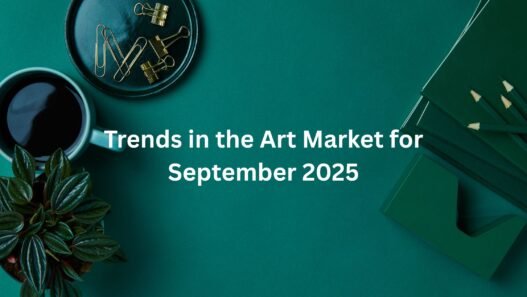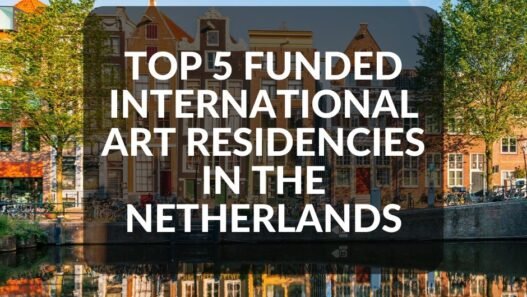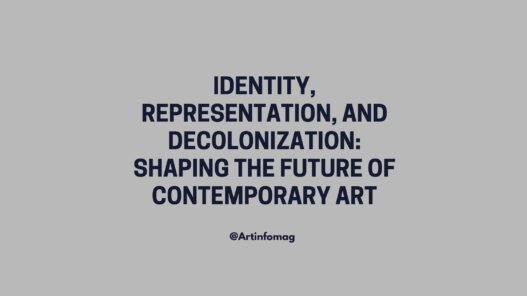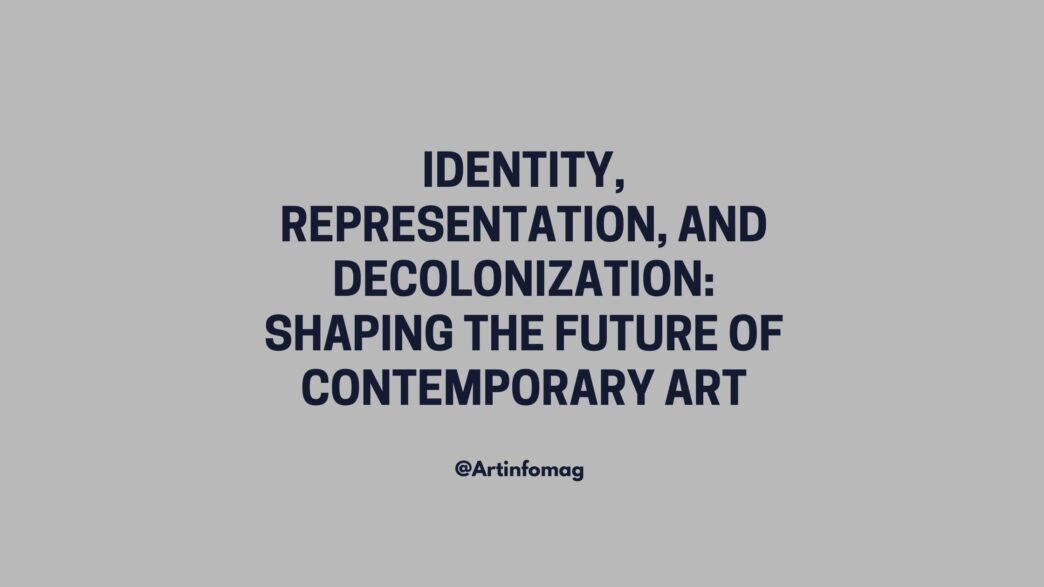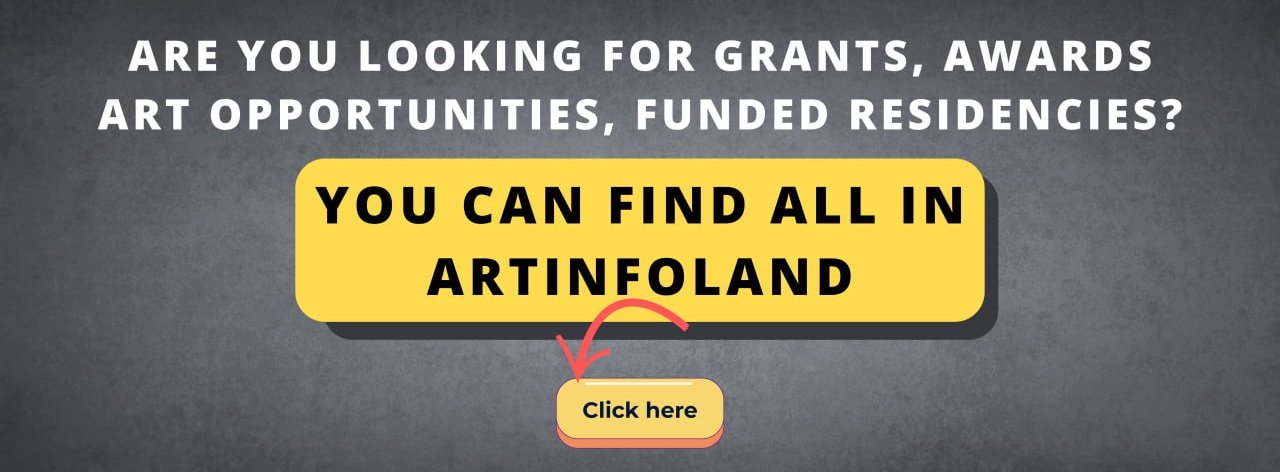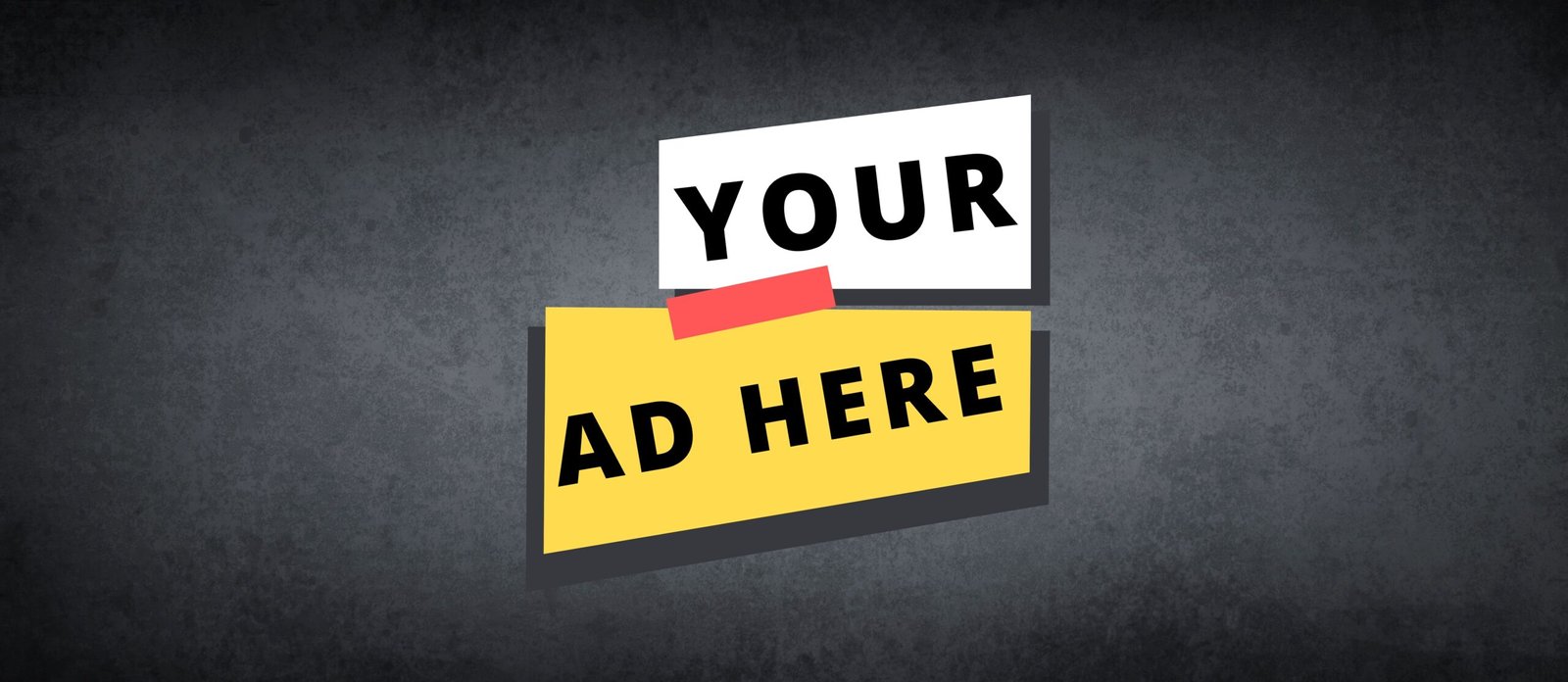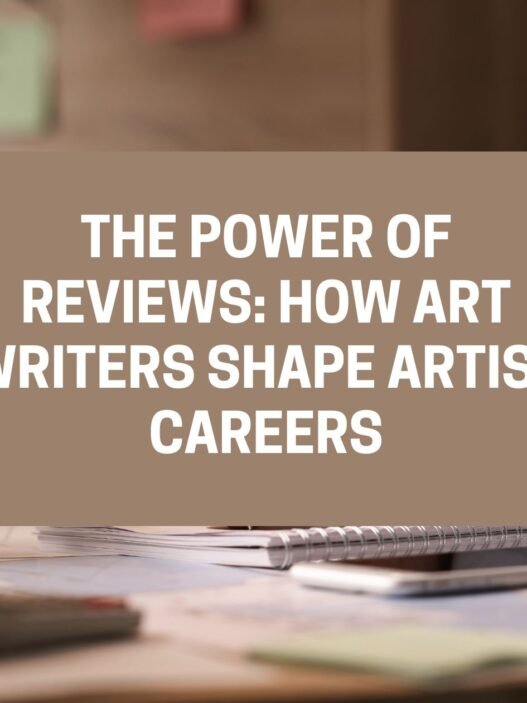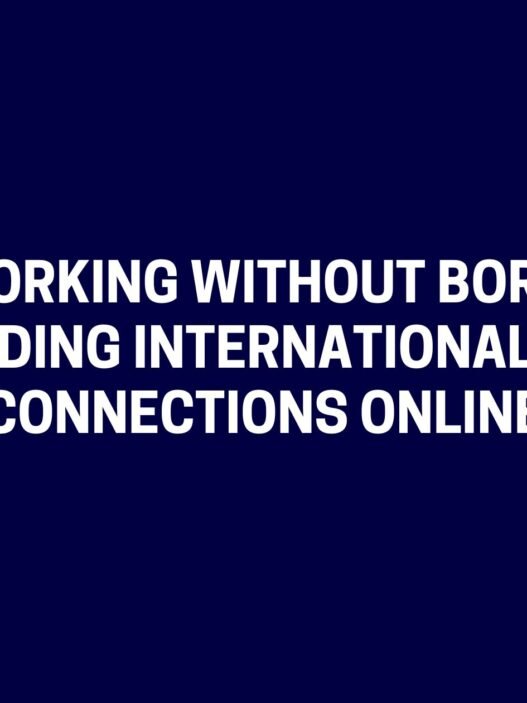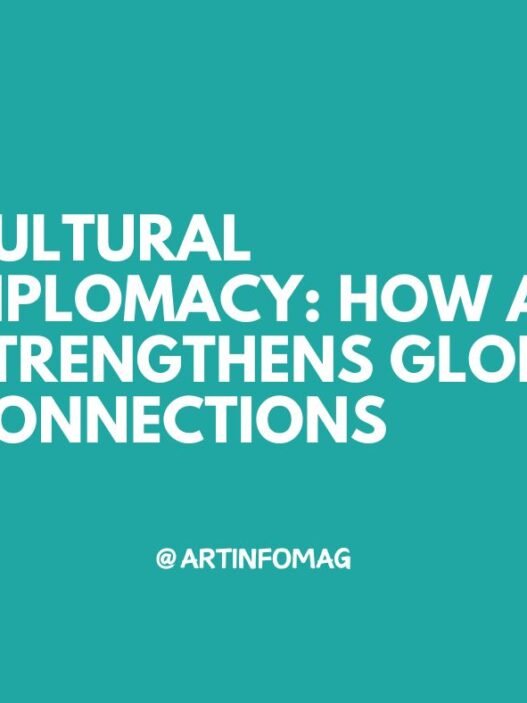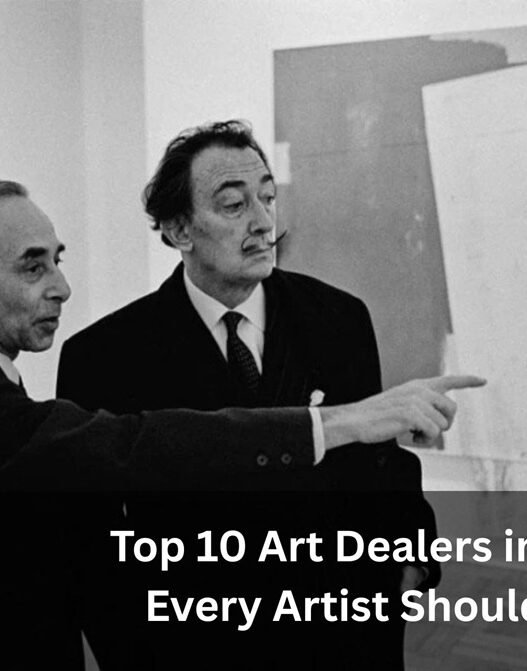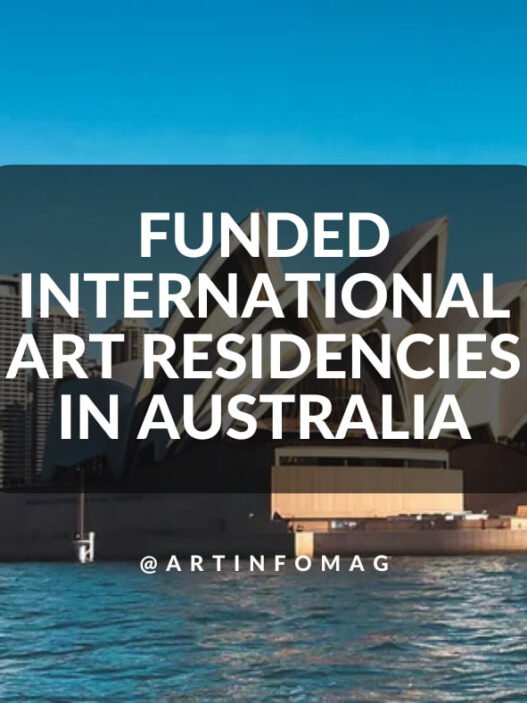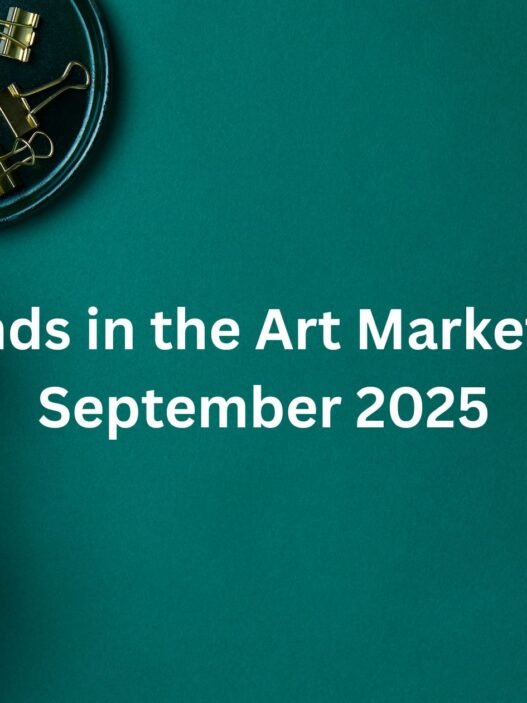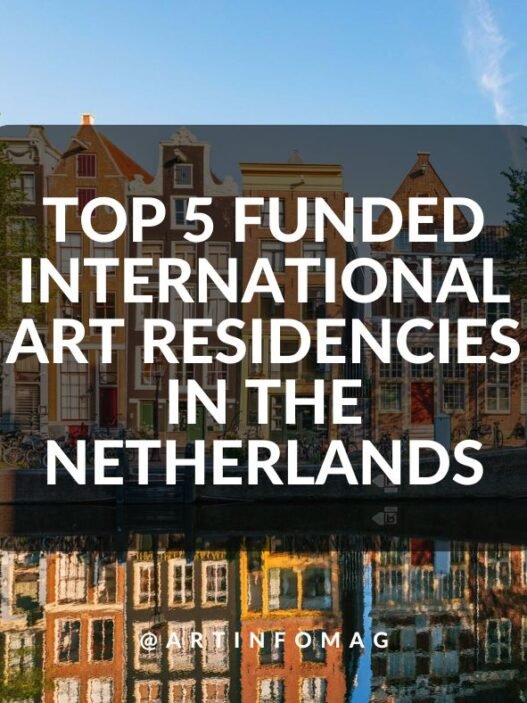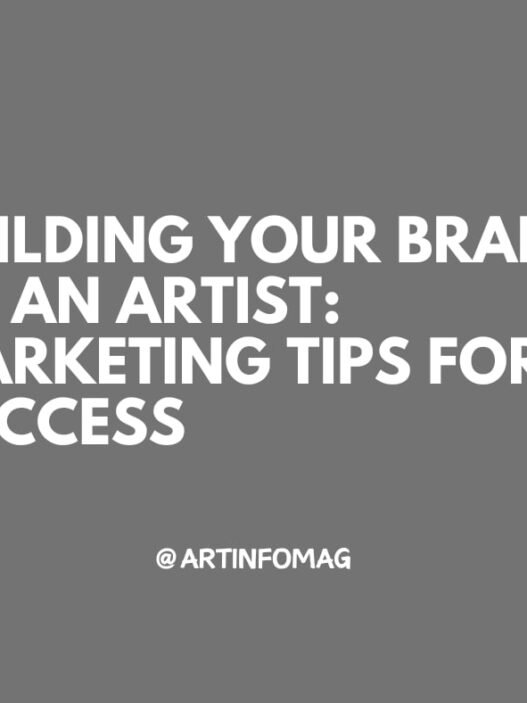In the ever-evolving landscape of contemporary art, a profound shift is underway. Artists are increasingly centering their practices around themes of identity, mental health, race, and cultural roots, challenging long-standing norms and pushing the art world toward greater inclusivity and social commentary. This movement isn’t just about aesthetics, it’s a call for deeper understanding, equity, and healing in a global context still grappling with colonial legacies and systemic inequalities. As institutions, residencies, and funding opportunities adapt, platforms like Artinfoland are at the forefront, connecting artists with spaces that amplify these vital narratives.
Identity and Representation: Amplifying Personal and Collective Truths
At the heart of this trend is a surge in personal narratives that draw from lived experiences of race, gender, migration, queerness, and disability. Gone are the days when “universal” perspectives, often code for Western-dominated viewpoints, reigned supreme. Instead, artists are crafting works that reflect individual and collective truths, fostering empathy and challenging viewers to confront their biases.
Take Wendy Red Star, a Crow artist whose multimedia practice celebrates her Indigenous heritage while countering stereotypes. Through humor and ancestral references, Red Star decolonizes the fine art world, making space for Native identities that have long been marginalized. Similarly, exhibitions like Indigenous Identities at various venues in 2025 offer poignant surveys of contemporary Native American art, highlighting historical struggles and ongoing resilience. These works emphasize visibility for marginalized voices, including Black, Indigenous, queer, immigrant, disabled, and women artists, who are gaining traction in biennials, galleries, and residencies.
This push for representation extends to global dialogues. In Made in Germany? Art and Identity in a Global Nation, on view at the Harvard Art Museums through early 2025, artists explore national identity in a multicultural context, questioning what it means to belong in a post-colonial world. Such shows underscore how representation isn’t just additive, it’s transformative, reshaping institutional collections and curatorial practices to include diverse perspectives.
Decolonization in Art: Decentering Power and Reclaiming Narratives
Decolonization is no longer a fringe concept; it’s a core demand reshaping the art ecosystem. Museums and curators are under scrutiny for Eurocentric biases, leading to initiatives like artifact repatriation and reevaluated display methods. The Entangled Pasts exhibition, featuring artists such as Lubaina Himid, Frank Bowling, and El Anatsui, exemplifies this by interrogating colonial histories through contemporary lenses.
Artists are also challenging language and power dynamics in institutional narratives. Rather than imposing external interpretations, decolonial approaches prioritize the artist’s voice, allowing works to speak on their own terms. Community-oriented practices are thriving, with creators bypassing elite galleries to engage directly with their audiences. For instance, State of the Nation: A BIPOC Artist Perspective delves into politics, social justice, and healing through BIPOC lenses, fostering projects that serve communities rather than collectors.
On platforms like X, discussions amplify these efforts. Curator La Tanya S. Autry’s teach-in on handling images of Black suffering emphasizes collective care and anti-racism in visual fields, highlighting how decolonization involves ethical representation. Artists like ZemouraArt use black-and-white mediums to explore contrasts in identity and erasure, turning personal stories into wearable art that confronts systemic issues.
Mental Health and Identity: Art as a Tool for Healing and Resilience
Intersecting with identity and decolonization is a growing focus on mental health, particularly from post-colonial, diasporic, and marginalized viewpoints. Once taboo, trauma, resilience, and healing are now openly addressed in artworks, residencies, and programs.
Exhibitions like Mindful: Exploring Mental Health Through Art at Contemporary Craft showcase creative responses to mental health conditions, featuring artists affected by or diagnosing such issues. Residencies are adapting too: The Art Therapy Lab International Residency connects contemporary art with mental well-being, exploring nature’s impact on emotional health. KODA’s Artist Residency Mental Health Open Call, themed around mental health in 2024, supports Brooklyn-based projects that integrate wellness into creative practice.
Black artists, in particular, are using their work to combat stigma. As highlighted in discussions on X, creators tackle mental health in the Black community through celestial therapy art or painted protests that address trauma from systemic racism. Linda Brogan’s MY MUM IS WHITE transforms a gallery into a psychotherapy space for exploring mixed-race identities and ghosts of the past.
Why This Matters for Artinfoland and the Broader Art World
For Artinfoland, a hub for opportunities, residencies, and curatorial projects, this trend is pivotal. Open calls increasingly seek artists engaging with identity, inclusion, and decolonization, while funding bodies prioritize community-engaged work that challenges narratives and uplifts underrepresented voices. By spotlighting these, Artinfoland aligns with urgent global conversations, empowering artists to drive change.
Ultimately, this movement toward identity, representation, and decolonization isn’t just reshaping art, it’s redefining society. As more voices emerge, the art world becomes a mirror for our complexities, a catalyst for empathy, and a space for collective healing.




